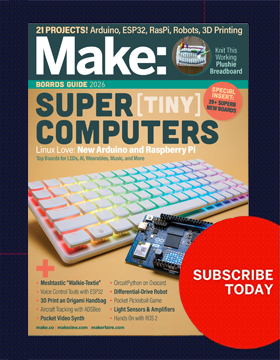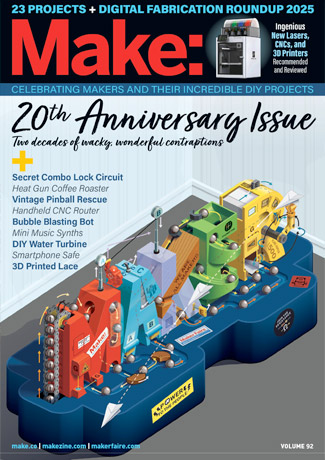
During my six-odd years as a graduate organic chemist, probably the cheapest, most powerful, and most commonly used analytical laboratory technique in my bag of tricks was thin-layer chromatography. Explaining chromatography theory is a big job, but the idea boils down pretty well to this: chromatography is the art of taking a complex mixture with all sorts of compounds in it and separating them out one at a time.
There are a couple of reasons you might want to do this: First, because you only want one of those compounds and need to purify it by getting rid of the rest. This is called “preparative” chromatography and it is a complex and relatively expensive endeavor. But the other common reason for performing separations is analytical: You want to get an idea of how many compounds are in there and whether or not one of them is compound “X.” Thin-layer chromatography lets you do this, on a bench-top, with a few cents worth of materials and a few minutes of time. It’s unbelievably powerful for such an inexpensive technique, and Science Project Lab has a great tutorial on getting started at home.
ADVERTISEMENT





